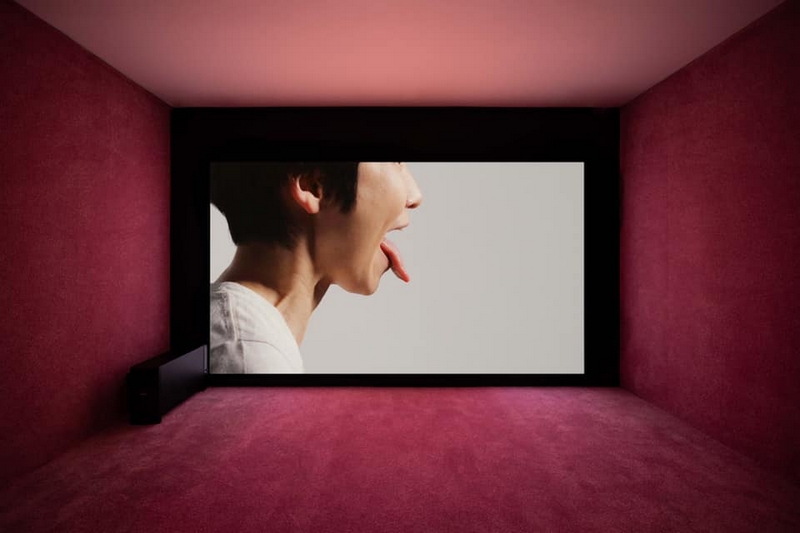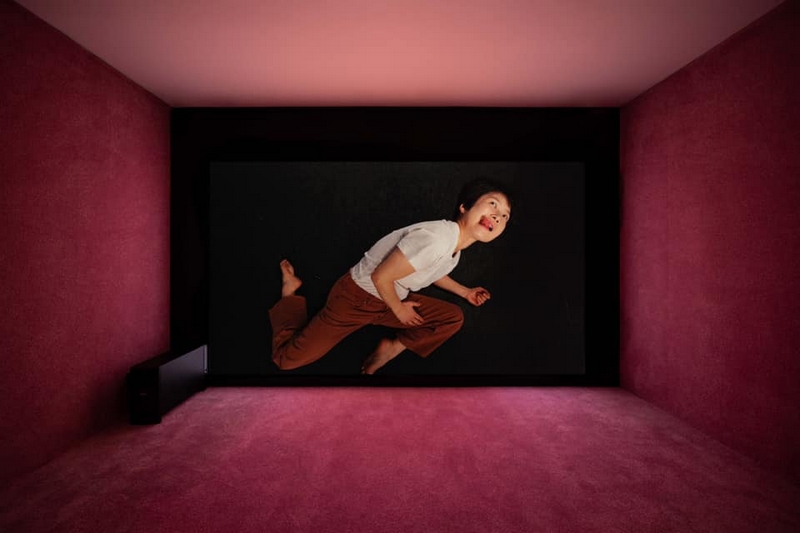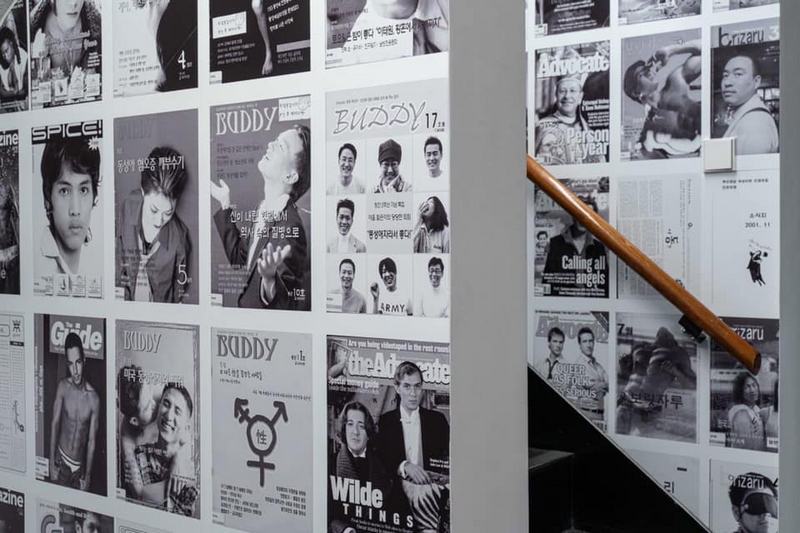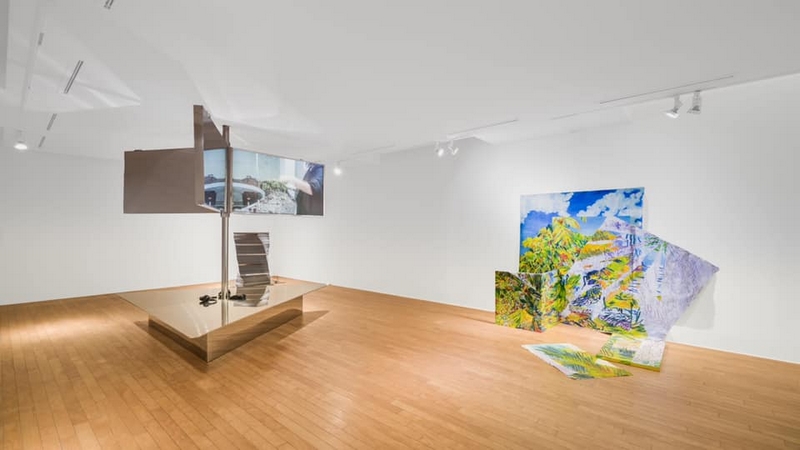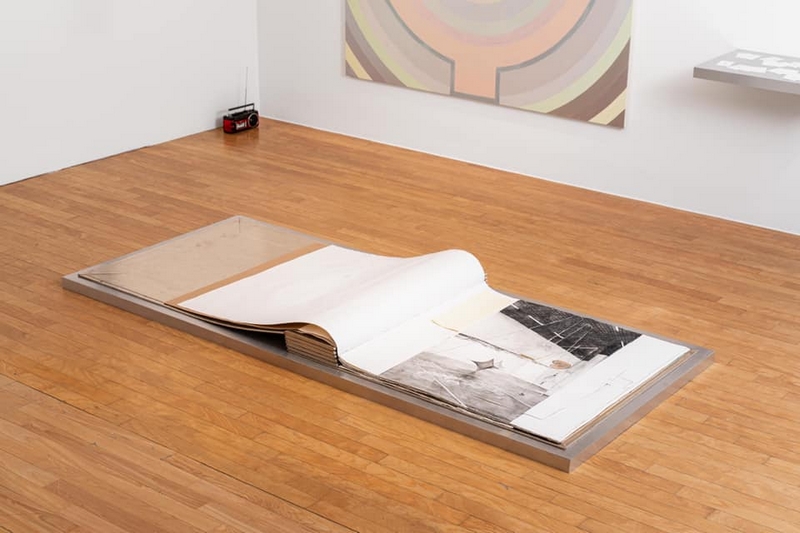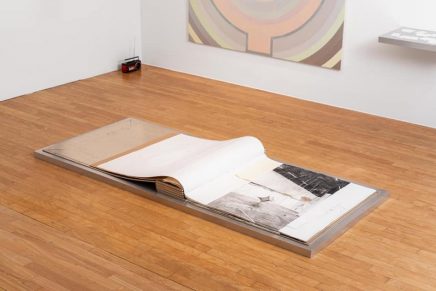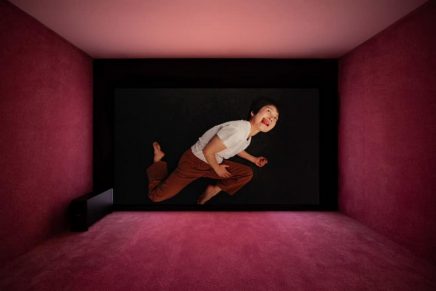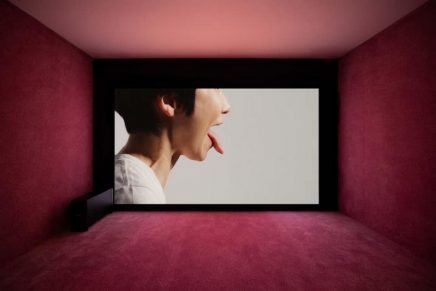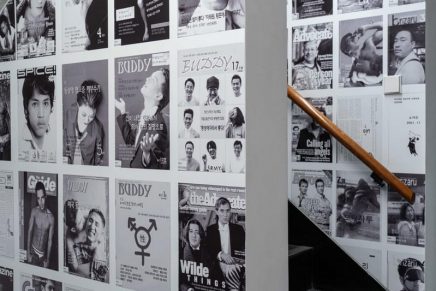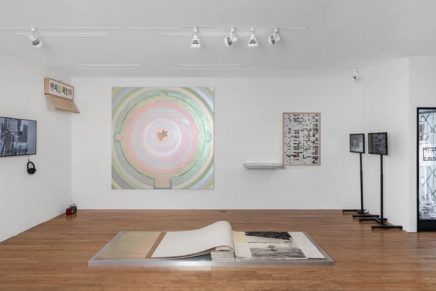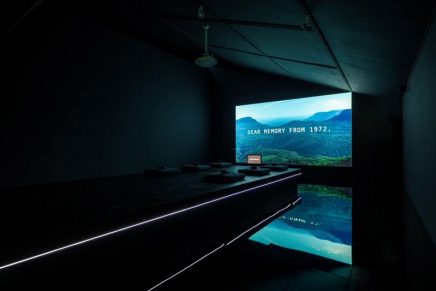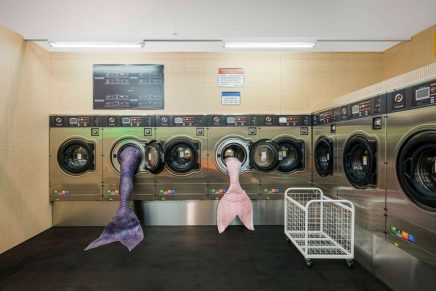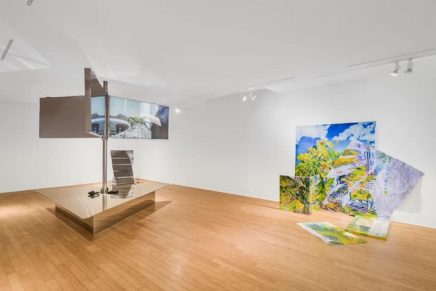Gucci hosts “No Space, Just A Place: Eterotopia” in Seoul.
Taking its cue from the complex history of independent and alternative art spaces in Seoul and Gucci’s Creative Director Alessandro Michele’s reflections on eterotopia, ‘No Space Just A Place’ is a multi-layered project powered by Gucci to support the cultural landscape and contemporary art scene in Seoul.
Curator and writer Myriam Ben Salah unfolds the new exhibition held at the Daelim Museum Seoul —a location part of the Gucci Places network.
The “No Space, Just a Place” exhibition is a reflection about the idea of the “other space”, the Heterotopia, says curator and writer Myriam Ben Salah.
“It seems that our current times are urging us to propose a new definition of what an “other space” might be, not only physically, but also mentally, metaphorically: a place to build a different, desirable future with new ways for humans to relate to each other and to their surroundings,” added Myriam Ben Salah.
Through social media and fast communication it seems like anyone could be anywhere, anytime —at least in the world as we knew it up until recently. This potential ubiquity undermines the capacity of thinking “outside the box” as it fosters a type of uniformization. A metaphorical utopian space, that is to say a space that is other, separate from all the spaces that we know, is necessary to form new types of thoughts, new relationships between humans and towards the earth.
The exhibition reflects on these elements. It takes the model of Seoul’s alternative art spaces to reflect about the bigger picture of what it means to build an alternative narrative.
The independent art space d/p focuses on a space that can never be other: the body, an eternal site from which we can never escape. Through the documentation of choreographer Yunjung Lee’s performance ‘Tongue Gymnastics’, d/p focuses on the movementof the body, of the tongue in particular, addressing it both as a place and an environment for sensations and connections.
Audio Visual Pavilion combines works from its archives for the project ‘AVP Route’ that questions the notions of movement and transition through time and space. Among other artworks, Audio Visual Pavilion presents pieces by artist Sunho Park that examine artifacts, memories and vanished spaces, as well as geographical information and their eerie materialization through maps. space illi presents ‘Swimming QFWFQ*’ (image 5), a project gathering the works of women artists that are linked by their determination to take a closer look at what we consider to be “natural”.
By deconstructing and reassembling the concept itself, they create a shift in the viewer’s perspective to reveal the hidden cracks of our contemporary societies. In ‘I love we love we love I’, Space One stirs up the illusion of emotion as simulacra.
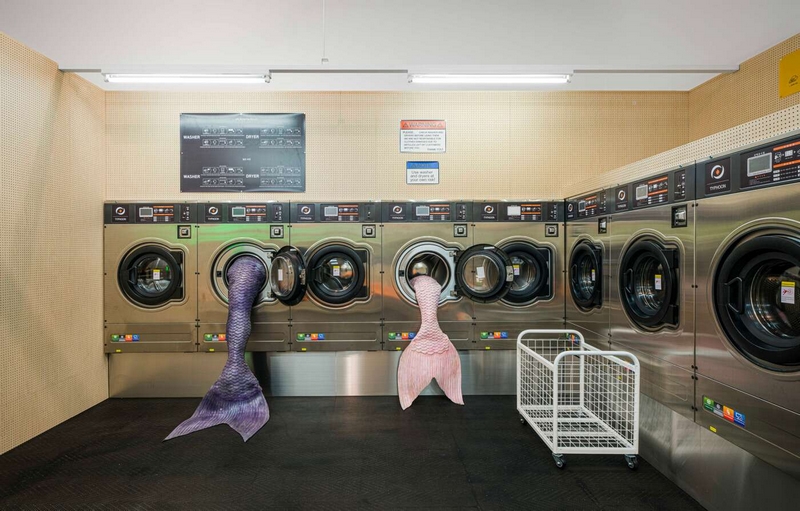
OLIVIA ERLANGER, IDA, IDA, IDA!, 2020. EXHIBITION VIEW, NO SPACE JUST A PLACE, DAELIM MUSEUM, SEOUL (2020);
Presenting an archive of exhibitions, performances, and talks from space’s program, the micro-exhibition moves around the boundaries of romanticism and criticism.
The ethical and aesthetic value of the relationships between genres and gender, the notion of learnscapes, the urgency of self- expression and an ageless anthropological manifesto are key themes of Gucci Creative Director Alessandro Michele’s meditations on society, which are reflected in the mission and ambitions of the alternative spaces featured in the new exhibition ‘No Space Just A Place’. To add to the dialogue, curator Myriam Ben Salah asked a selection of local and international artists to exhibit their works, in the form of immersive installations inspired by the near future or by fantastic mythologies.
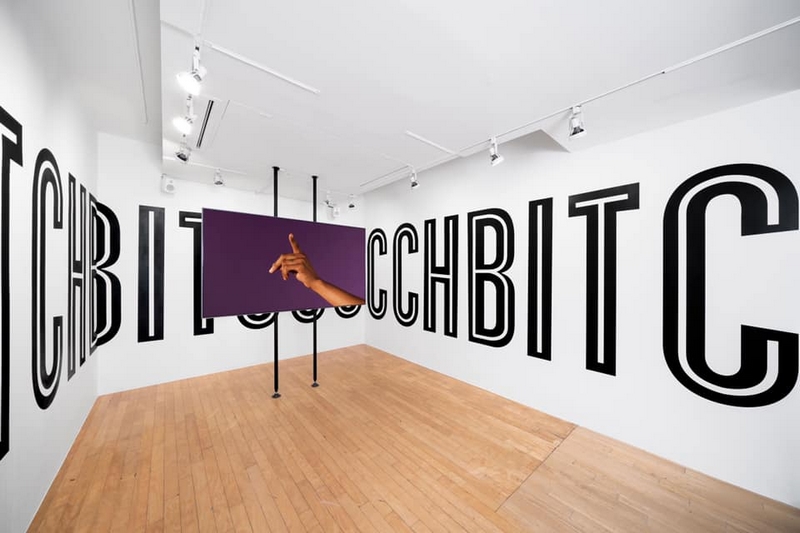
MARTINE SYMS, NOTES ON GESTURE, 2015. EXHIBITION VIEW, NO SPACE JUST A PLACE, DAELIM MUSEUM, SEOUL (2020)
Kang Seung Lee’s wallpaper installation ‘Covers (QueerArch)’ centers on QueerArch’s archival collection to present an alternative view of the queer community and its history in South Korea during the past four decades, honoring personal narratives that have been marginalized by mainstream history. Martine Syms’ video installation ‘Notes on Gesture’ is a reflection on the way gesture, body language and actual language are shaped by cultural forces and allow to perform identity—implying that the latter is a construct and opening up possibilities for alternative identities.
Cécile B. Evans’ installation ‘What The Heart Wants’ explores the person-to-machine exchanges that have come to define the contemporary human condition. Amidst the paradoxes of a future-turned-now, a negotiation emerges about who or what constitutes a person and how systems shape the terms of what it means to be “human”.
Held at the Daelim Museum in Seoul—a location part of the Gucci Places network— the exhibit will run until July 12, 2020.
Take a virtual tour of the exhibition with a special 360 video available on.gucci.com/_NoSpaceJustAPlace360.
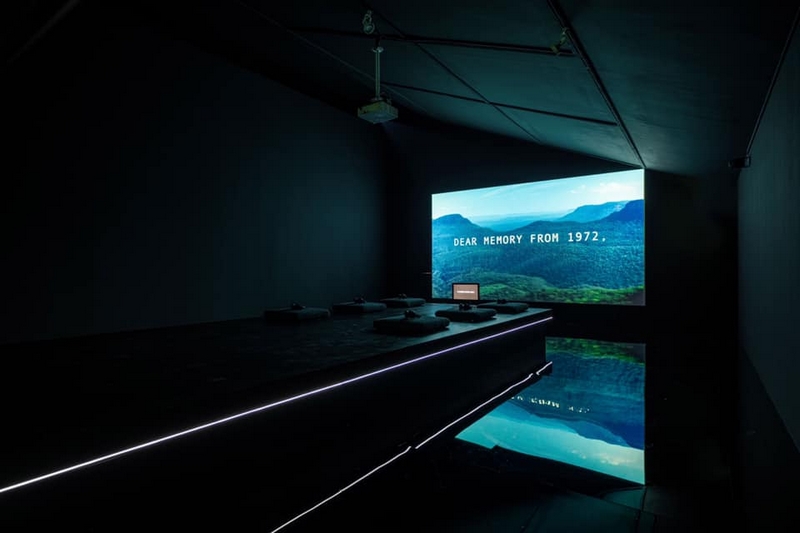
CÉCILE B. EVANS, WHAT THE HEART WANTS, 2016. EXHIBITION VIEW, NO SPACE JUST A PLACE, DAELIM MUSEUM, SEOUL (2020)

